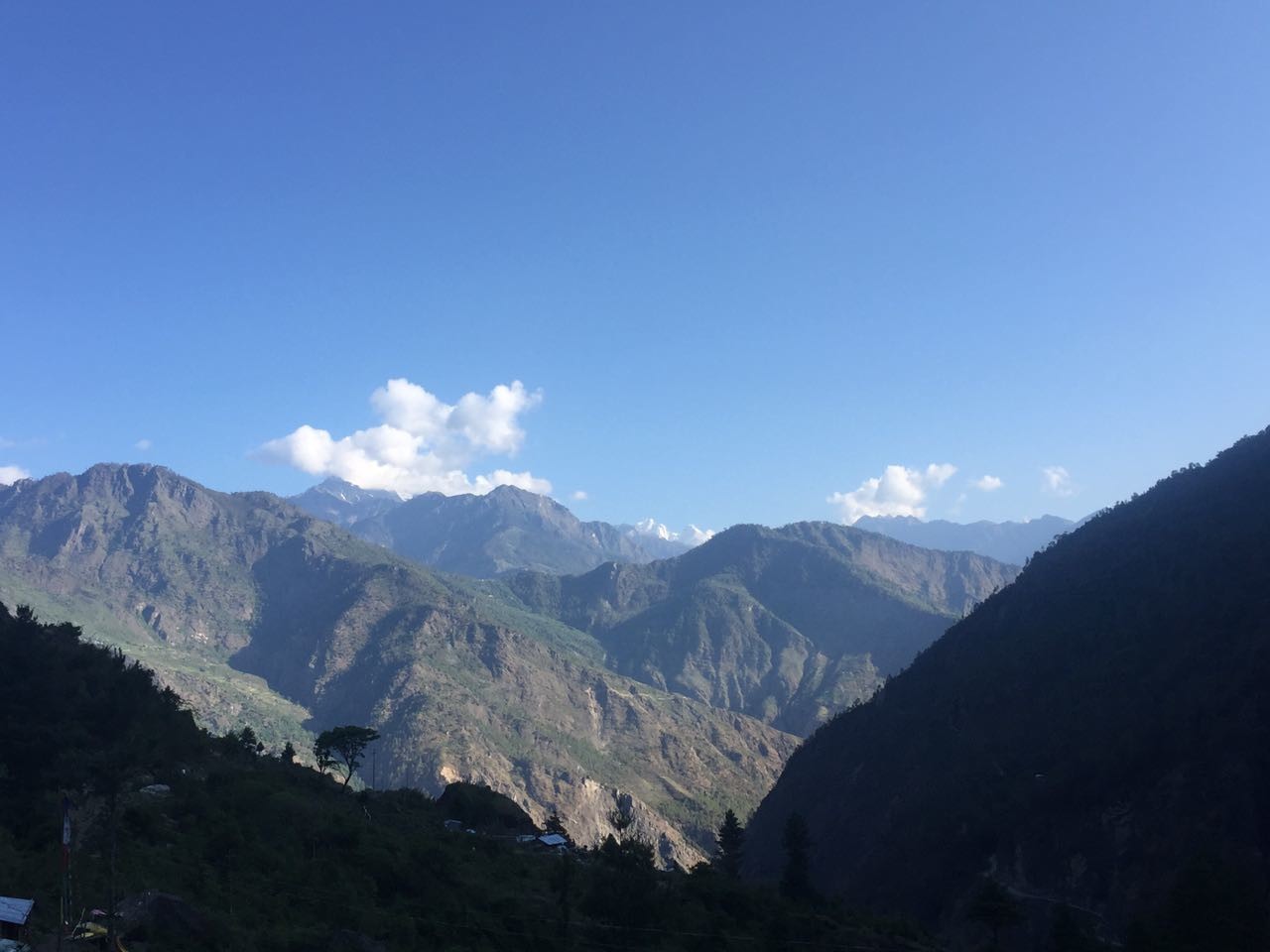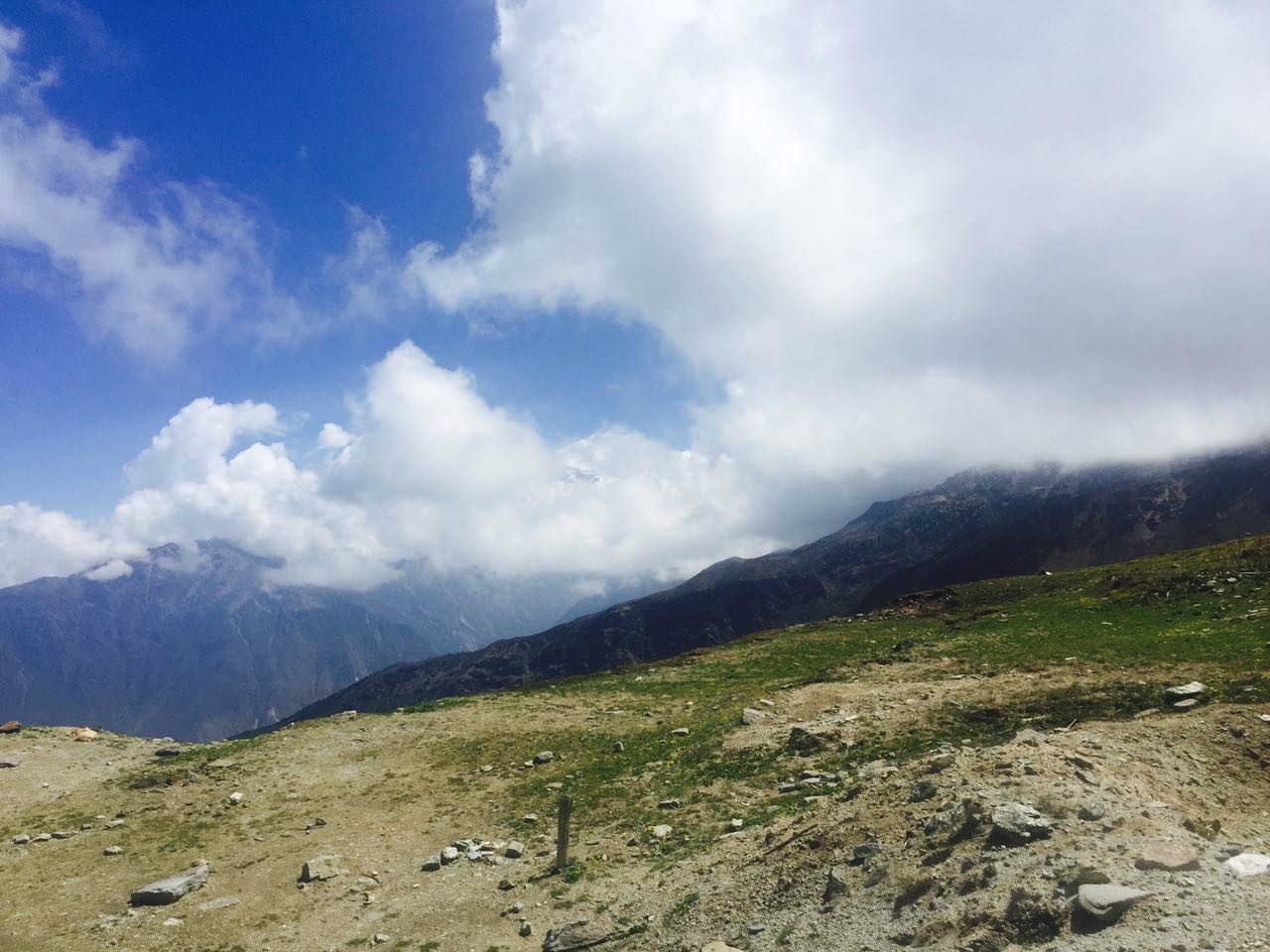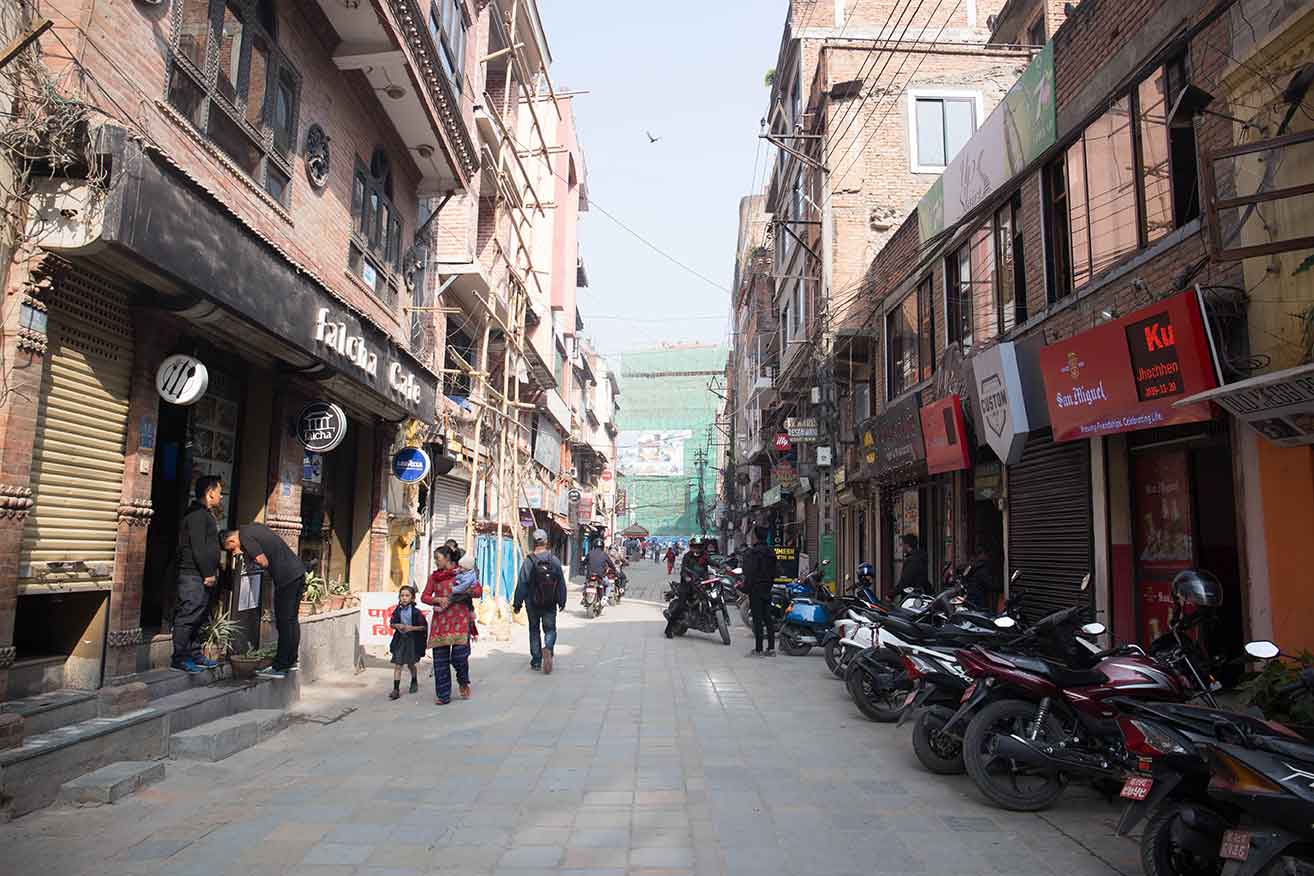
Dhunche to Gosaikunda, the Best of the Langtang Trail
The Langtang trail is one of the most breathtaking trips you can take, perhaps in a lifetime. We did it last May. Here are some of our experiences, with some advice for others who might want to take the same journey.
The trip began in the Middle of May, when we took a bus to Dhunche early in the morning from Machhapokhari, Kathmandu. There is a bus every hour, and about a seven-hour-ride over rough hilly terrain will get you to Dhunche, the headquarters of Rasuwa district. We had a quick tea, some cookies, and a toilet break at Dhunche, before starting the walk around three-thirty in the afternoon. The trail begins with a pleasant walk across the village-side houses and towards the river by the jungle for about thirty minutes, where the first ascent starts.
About three hours of climbing will get you to Deurali, 2,500 meters above sea level, where there is a hotel. Most travelers prefer to stay the night at Deurali, and are advised to do so. However, we carried on climbing for another hour-and-a-half to Dhimsa. The torch that I had with me came in handy, since the summer day started to get dark earlier than expected. The early start, long, exhausting bus trip, and the steep climb had taken its toll on us. It was time to call it a day in one of the two hotels that Dhimsa had to offer. The hotel offered a good meal of fresh local vegetables and a fairly comfortable bed for NRs.600 per person.
We started out the second day at 4:00 a.m. Walking early in the morning is fun and less tiring. By the time the first rays of sunlight hit Chandanbari (local name: Singompa), we were having Himalayan tea at a roadside restaurant. Chandanbari is a beautiful stop en-route, which gives you a brief hint of life in the Himalayan region. With its handful of hotels, restaurants, and a surprisingly good coffee place, Singompa has it all. However, its major attraction is the yak-cheese factory, where the owner is happy to show off his store and explain the cheese making procedure. We bought some cheese for the way, and it turned out to be a masterstroke, as it provided energy for the walk. The one-hour stop at Chandanbari refreshed us, and we continued our climb.

After a few minutes’ walk, we were blessed with the first glimpse of Mount Langtang, showing off its beauty in the morning sun. Another two hours brought us to Cholangpaty (3,500 m) which is roughly the midway point of the trail. Two hotels face each other on either side of the path. It is highly advised to have your breakfast and take a good break here, as watching the shining mountains will take your tiredness away. As we continued from there, the path started getting steeper. The cold climate means that there are very few trees. The sun shines straight at you, and the cool breeze strokes your skin; trekkers are advised to use sunscreen and moisturizers. Another important thing to do during the trip is to stay hydrated, drink lots of water.
A two-hour climb from Cholangpaty gets you to Lauribina (3,900 m, also known as Lauribinayak). Lauri means stick, and bina means without: a true devotee is supposed to climb this steep hill without any support from a stick. We duly obliged, but it was not easy. This was followed by, undoubtedly, the most difficult section of the whole trip, an hour’s climb to the little Buddha Stupa at 4,200 m, hidden behind the mist and fog. From there on, the trail is relatively easy. However, you have to be very careful on this narrow path, with a steep drop on your right. Sometimes, you have to leave the path to make way for the passing horses, which carry supplies for local inhabitants and trekkers. Half an hour of this trail, with the view of Bhairavkunda and Nagkunda on your right, leads you to your destination, Gosaikunda.
Gosaikunda (4,380 m) is one of Nepal’s holiest lakes. In Hindu mythology, Lord Shiva rested on this lake to release the poisons from his body. The lake is also the starting point of the famous river Trisuli. You can just sit by the side of the lake for hours staring at its beauty.
Most travelers prefer to stay overnight in one of the lakeside hotels and start the return trip the next morning. We would advise you to do the same, spend the rest of the day and the night at the destination, enjoying the local food and music. The hotels are heated with local firewood, and the people will make you feel very welcome. The return trip is relatively straightforward, and one night’s stop at either Dhimsa or Deurali will bring you to Dhunche in good time to catch the next morning’s bus back to Kathmandu. However, walking downhill can sometimes be tricky, especially after you’ve spent almost two full days climbing uphill. You have to be careful.
The cost of the whole trip was under NRs.8,000 per person. This was mostly due to the religious nature of the journey; we avoided alcohol and ate vegetarian meals. Trekkers are advised to leave enough time for the trip, three nights and four days is ideal, more is a treat. Few other tips for the trek are:
· Wear proper trekking gear and shoes
· Carry mint chocolates/chewing gum, as it makes breathing easier on high altitudes
· Fruits such as banana are good for providing calories
· Drink lots of water
·
And, most importantly, forget your busy life and lose yourself in the beauty of the Langtang trail. It might well be the trip of your lifetime!











